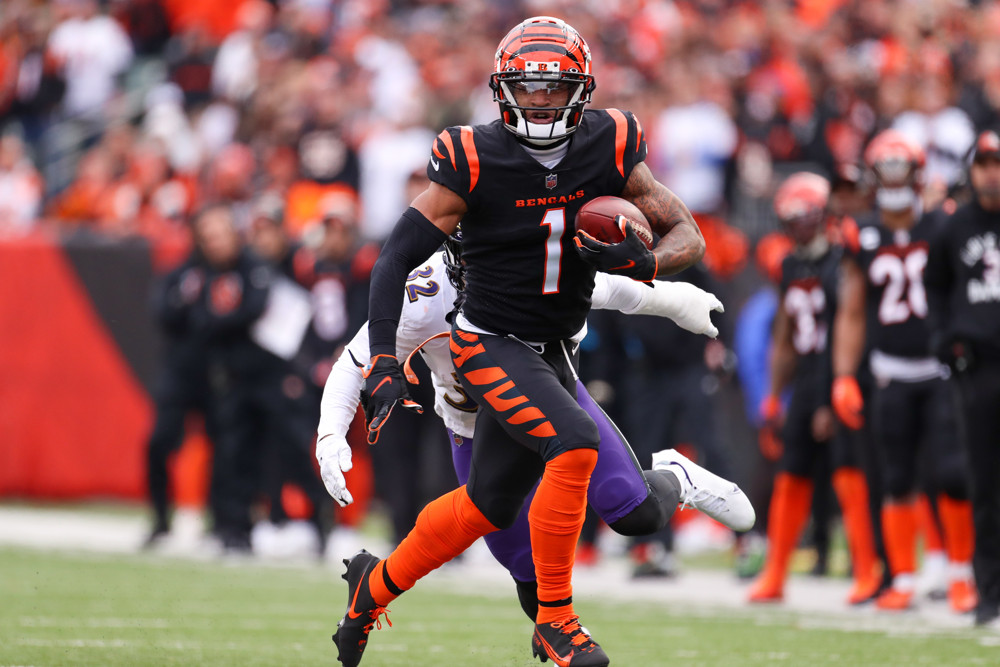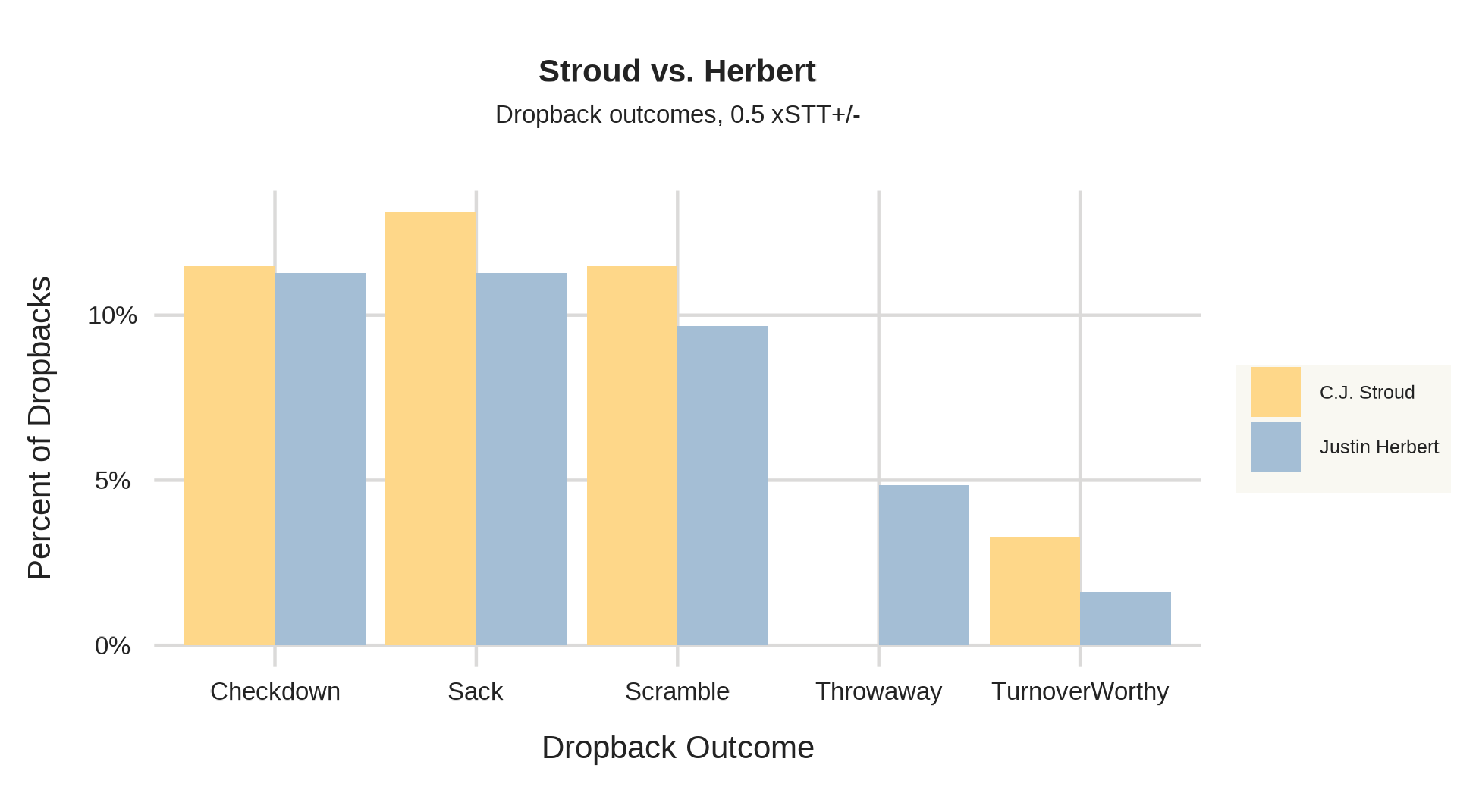By JAMES RODRIGUEZ
So, your top fantasy player experienced a hamstring strain, and his team is being coy about the details of his injury. In addition to their discretion, they refuse to give a timetable of his return and insist on keeping him questionable week after week impacting your ability to make a sound decision.
Do you play your star player and watch him be pulled after a series or do you sit him on your bench to watch him have a monster game? Wouldn’t it be easier if the team used one of their injured reserve spots to make your decision for you? If you’ve played fantasy football before, this is a predicament that we all know too well.
Don’t fret, for SIS is here to provide you with information to give you confidence about your injury decisions.
Let me get this disclaimer out of the way. As a Physical Therapist, I trust that the team and medical staff have the player’s best interest in mind when it comes to the rehab process and a safe return to play. Re-injury is a legitimate concern that teams must be cautious and aware of. They don’t need to concern themselves with our fantasy teams when releasing practice reports.
That’s where this article come into play. Thinks of this as your coach’s tendency sheet to make the right play call. I will share some research with you and give my opinion about the matter.
Hamstrings
The focus of today is hamstring strains.
According to research, 1/3 of all injuries are muscle related and the most common muscle involved are hamstrings. SIS has been tracking the data since 2018 and estimates that 15.5% of injuries involve lower-body muscles. Of that, the highest percentage involve the hamstrings at 7.8% which is supported by clinical data.
ACL tears, ankle dislocations, and Achilles tears are detrimental injuries, but we know how to handle these situations. It’s the nagging muscle strains that keep players out of the lineup without much clarity for weeks at a time.
Although each injury is unique, that doesn’t mean we cannot use observations and reported information to help us navigate the situation.
It is important that a short period of immobilization occurs to limit the overall damage. This means that it is important to be aware of any player that attempts to return to play after a “pull.” That immediate return could increase the damage which would lengthen the overall timeframe.
It may be frustrating to see a team be so cautious about a player’s return and make minimal progress throughout the rehab process but that is because, much like movie sequels, re-injuries are often worse than the original.
On average, a re-injury can take 30% longer to recover than the initial injury. In addition to that, the highest risk factor for a hamstring strain is a previous history of a hamstring strain.
As an example, a player that could have returned in three weeks but reaggravates their injury during Week 2, will take an additional four weeks to return. That puts them at six weeks total, doubling the original timeframe.
So, be patient with the teams that are being patient with their players, because I’d rather have my player back in my lineup with more confidence that they are in fact “ready.”
Let’s say you hear that your player underwent an MRI to assess the extent of the injury. You may be thinking, “that can’t be good.” Initial instincts suggest that but there is good evidence out there to get imaging performed as soon as possible to assess the extent of the damage.
And if the team uses MRIs throughout the rehab process, they are monitoring the athlete’s response to training so you can feel more confident in the eventual return to play.
To wrap this all up, as a Physical Therapist, I would plan on keeping that injured player on my bench until he completes a full game of action without any reports or visual signs of reaggravation.
To wrap this all up, as a Physical Therapist, I would plan on keeping that injured player on my bench until he completes a full game of action without any reports or visual signs of reaggravation.
If I hear a cautionary report stating that the athlete experienced a hiccup during the rehab, I will look to trade him away because I anticipate that this is going to be an ongoing issue.
Unfortunately, more injuries will occur and with that, more questions will arise. We’ll try to answer some of them here.


